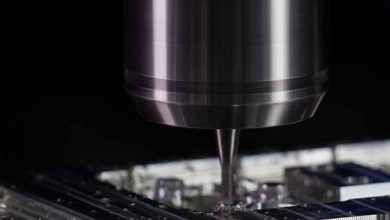Don’t Ignore the 50-50 rule of antifreeze

OK, you’ve seen the 50-50 rule haven’t you?
It’s the rule of radiator coolant: you should always buy distilled water and have it mixed with a a 50% of antifreeze in your radiator coolant tank.
Bet you’ve wondered how important this is though. Whats the big deal if you have pure water in your radiator and it’s summertime?
The answer is that a nasty thing called electrolysis corrosion will occur.
Electrolysis corrosion is a chemical reaction that occurs between a car’s coolant and the metal surfaces within your car’s cooling system. A typical cooling system, for example, will involve aluminum heads, an iron engine block, an aluminum radiator and perhaps a brass heater core. Because of these different metals being immersed in the same water path, a matter of electrophysical chemistry occurs, that is small electric currents will flow between the different metal surfaces. The result of this current flow, over time, is a corrosion that will eat away at the metals which will eventually cause small holes and leaks.
But wait there’s more. Rubber hoses can also fail because of electrolysis corrosion. Rubber is normally non-conductive so you wouldn’t think this would be possible but the coolant can react electrochemically with synthetic rubber too. If you cut open an old radiator hose, the inside will usually have cracks and creases created by the electrochemical process.
Here’s how to tell that electrolysis corrosion has taken place:
Radiator leakage – Coolant leaking from the radiator with the appearance of small, wet pinholes. You may possibly see coolant dripping underneath your car in small puddles.
Heater core leakage – Coolant leaking from the heater core will usually leave drips or wet spots on the front carpet under the dash of your car. You may also see steam or a greasy vapor condensing on your windshield when you put the heater or defroster is on.
Intake manifold gasket leakage – Coolant will seep into your engine oil due to a softening of the seals on certain intake manifold gaskets. It may also occur due to corrosion eating away at the edges of coolant ports in the cylinder heads and intake manifold. The result? A leaking headgasket.
Would you like to avoid all this nastiness? Make sure that good antifreeze with “corrosion inhibitors” is mixed in your radiator fluid. And, if its been more than five years since you’ve changed your coolant, drain and flush your cooling system, then refill it with a 50/50 mixture of fresh coolant and distilled water. (Do NOT use ordinary tap water because tap water can contain dissolved minerals that are corrosive and will shorten the life of the corrosion inhibitors in the coolant.)
Face it, keeping a fresh anti-freeze in your car is cheap insurance against the expensive repairs that can occur when electrolysis corrosion starts eating at your engine and other parts.
Article Source: Kayser Chrysler Center of Watertown
Photo credit : showme.co.za





